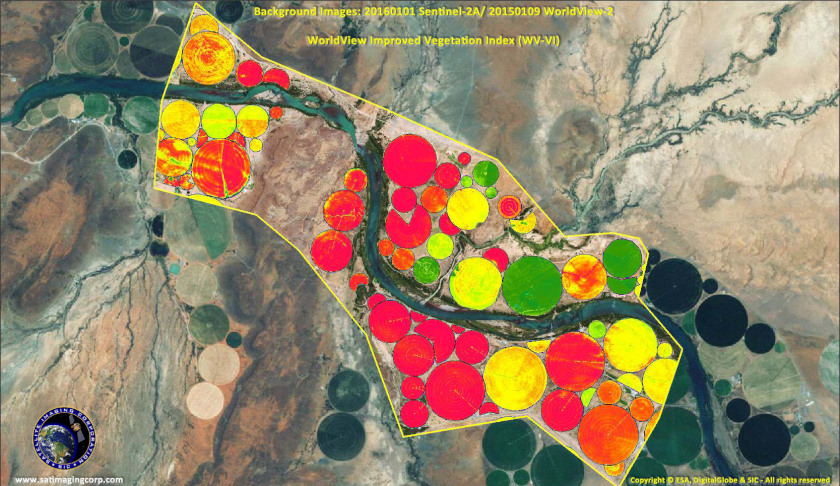Australia’s long period of dry weather is putting pressure on farmers and communities across the country, plus climate and weather experts across the globe are predicting that droughts are going to become longer and more severe in some parts of the country.
The severity of the current drought has prompted government to begin supporting Australian farmers. Part of addressing the challenges presented by the drought involves gathering and interpreting various and often disparate pieces of data to provide a comprehensive picture and understanding of climatic conditions to support drought response across Australia.
As part of this, CSIRO has worked with the Joint Agency Drought Taskforce to apply the Terria interface to create the National Drought Map, an online tool that brings together information on weather conditions, agricultural industries, state government drought declared areas and government drought support.
Information includes rainfall patterns, soil moisture, government assistance available, town size by population, numbers of farm businesses, agricultural types and employment by industries.
Both Terria and the National Drought Map leverage web-based geospatial and spatial data information to support visualisation and analytics. The platform includes TerriaJS, advanced mapping software that provides access to large numbers of spatial data services directly from the original data custodian and allows users to search, explore, share and add to maps.
New maps can be quickly developed, building on existing spatial data services as well as new cloud-based data services that can be rapidly set up. Terria maps are being used for policy development, decision-support analysis and in the development of easy-to-use open data websites.
For example, the web front-end of the Australian government’s NationalMap uses TerriaJS software. It connects directly to data servers at each participating government agency using open protocols and open data formats.
The US Geological Survey, Australian Renewable Energy Mapping Infrastructure and the UNEPFI Global Risk Map also employ TerriaJS software. The Terria analytics tools provide advanced spatial inference for a large number of industries, including environment, energy, finance and demographics.

